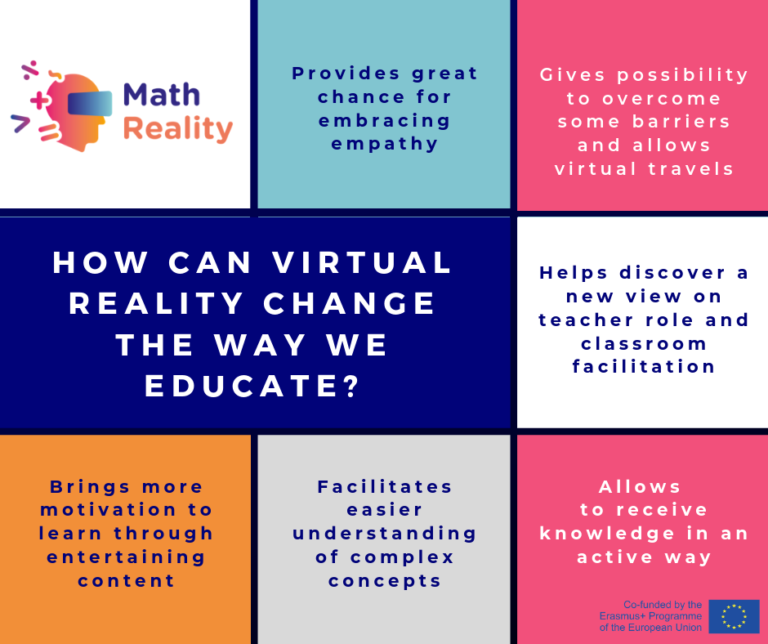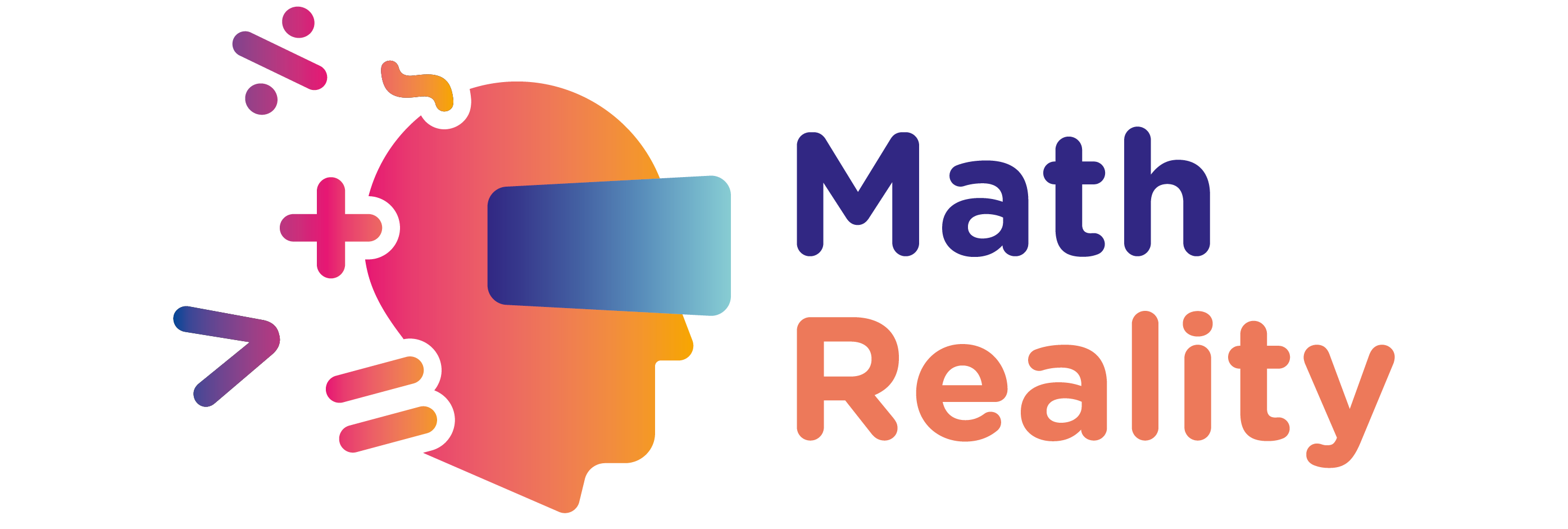Ways that Virtual Reality can change the way we educate
Modern times demand modern educational methods. Virtual Reality, so far mostly used in the entertainment industry is making its place in the education sector aiming at providing a more immersive experience in the classroom. In many ways, it has a potential to transform the way students acquire knowledge.
There are many studies that consider visual experiences as very efficient to increase comprehension[1]. By using VR, students are welcome to enter a new world where they can be transported into places they never saw before, experience objects from different dimensions and go from being passive recipients of information to become active participants. By different manipulations, they have a chance to receive an immediate result on their actions and be able to change a wrong decision by trying again. Experts believe that this can lead to an increase in the motivation for active engagement during the learning session[2].
The way VR can be applied in the classroom environment depends on many factors but when the hardware is available, the rest is up to the educators, their creative approach to the topic, knowledge about technicalities of the device, their facilitation skills and classroom setting.
Educating in an entertaining way
Students of all ages and educational levels are allowed to get engaged, as it provides various levels of complexity. Participants can “visit” places like a zoo, a laboratory, a park, the space, without leaving their classroom. The study of anatomy, zoology, geography and history are now more interactive and joyful. Virtual Reality offers students the unique opportunity to study the anatomy of the human body by seeing a “real” heart from a close distance and even “touch” it, learn about the rivers in Africa “walking” next to the Nile, study Australia’s fauna and flora by “visiting” Melbourne, exploring space as an astronaut and learn about history by “travelling back in time”.
Facilitate easier understanding of complex concepts
When using VR methods, students are more attentive, interact with the environment, increase their creativity as they construct a three dimensional world, have a close-up examination of the objects, discover new areas, participate in a detailed study of the object both from a close and long distance where they can study and observe the whole process. Virtual Reality acts as an additional tool to vocabulary building and awareness of sentence structure, providing a diverse learning environment and eliminating distraction.
Create chances for embracing empathy
Values like empathy and kindness can be enhanced, given that students are able to gain new perspectives, by putting themselves in the position of a parent, a teacher, an elderly person or people in need. In addition, critical thinking can be increased when participating in interactive videos, having to make important decisions regarding the flow of a story. Furthermore, VR can be applied for students’ professional orientation, allowing them to “visit” professional places and get familiar with the environment.
Possibility to overcome some barriers
Another important use of Virtual Reality is for students with disabilities, as it allows to overcome different physical limitations, provides a safe experience and a personalized training. Virtual Reality could offer students with disabilities the chance to participate in activities and experience movements like climbing, swimming or running, not possible for them in real life. Getting familiarized with a new place before visiting it and practise the planned route can reduce anxiety and also increase safety by informing the students regarding the safe behavior in the street.
To conclude: pedagogical innovation should equip learners with the skills and competencies to function in a digital culture and digital literacy is considered as one of the key skills of 21-century pedagogy. That requires different ways of not only learning but also teaching. VR should not replace face to face teaching methods. In the project we believe it is more of a transition from a lecture model to a methods where the role of teacher evolves to be a mentor, guide, facilitator and even a designer of the content. In the MathReality project we take that matter very seriously as the partners will be in constant testing and evaluation process with the educators who will co-create the lesson scenarios.
Stay in touch with the project news to be up to date with the project development: @MathReality

[1] Yildirim et al., 2018, Analysis of Use of Virtual Reality Technologies in History Education: A Case Study, Asian Journal of Education and Training Vol. 4, No. 2, 62-69, 2018
[2] Pantelidis, 2010, Reasons to Use Virtual Reality in Education and Training Courses and a Model to Determine When to Use Virtual Reality, Journal: Themes in Science and Technology Education
